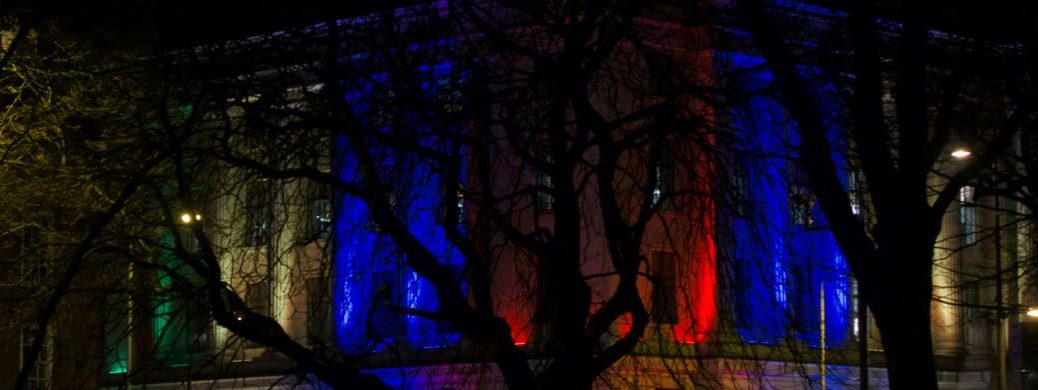Art and Nature
Making Nature is a special exhibition at the Wellcome Collection until May 2017. Subtitled “How we see animals”, it looks at how our perceptions of animals have been shaped by they way they have appealed to us as objects of curiosity, utility or entertainment. While the first room is perhaps a bit uninspiring - animal classification systems and their controversies - don’t let that put you off, because this exhibition has some real gems - like the African clawed frogs used for 30 years as living pregnancy testing kits in the US.
Wellcome are big on trying to bring science and art together, but they do try to keep the science solid and resist the wishy-washy metaphorical interpretations loved by some galleries who don’t understand the science but think it sounds cool. Wellcome’s approach is to bring artistry into the presentation of the science - well-mounted, carefully-lit displays with audio stories told through personal earpieces, subtly making you interact with the objects without realising it.
There are also some occasional pieces of random themed artwork thrown in, including some artist videos which failed to engage me. They just felt out of place - the actual science and history presented here is so fascinating that it doesn’t need any artificial additions. However, one artwork did stand out - a video installation of a Ted Chiang short story, The Great Silence. I thought this was very well judged - it let the words of the story take centre stage, while providing a subtlety immersive atmosphere. Try to see it from beginning to end, rather than starting half way through.
Other highlights include an early 20th century taxidermy diorama of squirrels playing cards - a reminder that any presentation of nature is biased by the presenter. As the exhibition tells us, even nature documentaries tell a human story, because they are edited to show what appeals to the viewer. And this indeed is an in-joke, because the curators have done the same thing in creating this exhibition. But that’s fine with me. Just as zoos, built originally to entertain, can also seek to educate, so too should educational exhibitions seek to entertain. And nature is perhaps the best intersection of education and entertainment, and of science and art.
